Mayo Clinic in Florida has received a grant from the National Institute of Neurological Disorders and Stroke (NIDS) to begin an innovative study that will provide hundreds of patients with amyotrophic lateral sclerosis (ALS) access to the experimental drug ibudilast over six months.
Tag: ALS
New brain-computer interface allows man with ALS to ‘speak’ again
A brain-computer interface developed by UC Davis Health accurately translates brain signals into speech. The device implanted in the brain of a man with ALS is the most accurate system of its kind.
ALS diagnosis and survival linked to metals in blood, urine
People with higher levels of metals found in their blood and urine may be more likely to be diagnosed with — and die from — amyotrophic lateral sclerosis, or ALS, a University of Michigan-led study suggests.
Ileana Howard, MD, Selected to Speak at the 2024 AANEM Annual Meeting
The American Association of Neuromuscular & Electrodiagnostic Medicine (AANEM), is excited to announce Ileana Howard, MD, as a plenary speaker at the 2024 AANEM Annual Meeting Oct. 15-18, in Savannah, Georgia.
Do People Who Exercise More Have a Lower Risk of ALS?
Moderate levels of physical activity and fitness may be linked to a reduced risk of amyotrophic lateral sclerosis (ALS) later in life, according to a new study published in the June 26, 2024, online issue of Neurology®, the medical journal of the American Academy of Neurology.
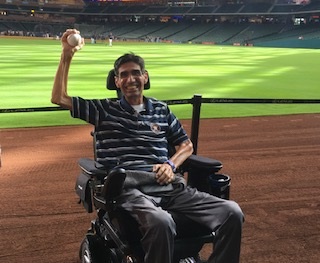
Neurology ‘house calls’ to improve quality of care and life for ALS patients
When second-year neurology resident Dr. Keelie Denson asked her ALS (Amyotrophic Lateral Sclerosis) patients what they found most lacking in ALS care, the answer was easy for Angela Amar. She and her three children, now adults, had been caring for her husband Robert for more than 14 years.
Chemicals stored in home garages linked to ALS risk
Storing chemicals in a garage at home may associate with an increased risk of ALS, a study finds. This comes as research has found that exposure to environmental toxins, such as pesticides and volatile organic compounds, are also linked to ALS development. Researchers call the buildup of exposures of the lifetime the ALS exposome.
Mount Sinai Is First in New York to Study a Brain-Computer Interface Designed to Record and Map the Brain’s Activity in Unprecedented Detail
A multidisciplinary team of neurosurgeons and neuroscientists from the Icahn School of Medicine at Mount Sinai are the first in New York to study a new brain-computer interface that’s engineered to map a large area of the brain’s surface, in real time, at resolutions hundreds of times more detailed than typical arrays used in neurosurgical procedures.
Recreational activities such as golfing, gardening may be associated with increased ALS risk among men
Participation in recreational activities — including golfing, gardening or yard work, woodworking and hunting — may be associated with an increase in a person’s risk for developing ALS.
New genetic therapy holds promise for ALS and frontotemporal dementia
Neuroscientists at Macquarie University in Australia have developed a single-dose genetic medicine that has been proven to halt the progression of both ALS and frontotemporal dementia (FTD) in mice – and may even offer the potential to reverse some of the effects of the fatal diseases.
Pharmacological inhibitor protects nerve cells in ALS disease
A new pharmacological inhibitor can intervene in a central cell death mechanism that is responsible for the death of motor neurons and hence important for the progression of the motor neuron disease amyotrophic lateral sclerosis (ALS).
Drawing a tube of blood could assess ALS risk from environmental toxin exposure
Investigators have developed a new risk score that assesses a person’s risk for developing ALS, as well as for survival after diagnosis, using a blood sample based on exposure to toxins in the environment, a new study shows.
Brain-Computer Interface Restores Control of Home Devices for Johns Hopkins Patient with ALS
Tim Evans is participating in a clinical trial at Johns Hopkins Medicine, in collaboration with the Johns Hopkins University Applied Physics Laboratory, that is looking at a series of studies using the device in patients with severe speech and movement difficulties to regain some of the abilities lost due to neurological diseases.

Ohio State researchers publish national guidelines for ALS genetic testing, counseling
Researchers at The Ohio State University Wexner Medical Center and led the creation of evidence-based consensus guidelines for genetic testing and counseling for patients with amyotrophic lateral sclerosis (ALS), a neurodegenerative disease that affects the cells in the brain and spine.
Brooke Eby Receives AANEM’s 2023 Public Recognition Award for ALS Advocacy Efforts
The American Association of Neuromuscular & Electrodiagnostic Medicine (AANEM) proudly announces Brooke Eby as the 2023 Public Recognition Award recipient for her remarkable commitment to raising awareness about muscle and nerve disorders, specifically amyotrophic lateral sclerosis (ALS).
Wexner Medical Center among first in nation to administer new gene therapy for ALS
The Ohio State University Wexner Medical Center is one of the first nationwide to administer a targeted gene therapy for patients with a specific form of amyotrophic lateral sclerosis (ALS), a neurodegenerative disease that affects the cells in the brain and spine.
Researchers Report Advance in Immune Therapy Against ALS
New research suggests that targeting autoimmune inflammation associated with amyotrophic lateral sclerosis (ALS) using two drugs, one of them already approved for multiple sclerosis, could be a promising approach for treatment.
Novel genetic scoring system helps determine ALS disease risk
A newly created polygenic scoring system — one that weighs the combined effects of common genetic variants — can improve the ability to predict an individual’s risk of developing ALS, a study shows.
RNA modification ‘pivotal’ for protein linked to neurodegeneration in ALS
Scientists know that TDP-43, which helps regulate processing of RNA, may be responsible for the death of nerve cells in ALS and frontotemporal dementia. And a study suggests that a common modification to RNA, a methylation event known as m6A, plays a pivotal role in TDP-43-related neurodegeneration in ALS. Through sequencing analysis, investigators showed that methylation strongly influences the binding of TDP-43 to its RNA targets. They also observed highly abundant RNA methylation in the end-stage tissues of patients with ALS.
WashU chemist Jackrel awarded grant to study proteins linked to ALS
The relentless neurological disease amyotrophic lateral sclerosis (ALS) eventually shuts down the entire body, but the devastation starts at a molecular level. The possibility of stopping the disease by repairing and preserving proteins in the brain has inspired experiments in the lab of Meredith Jackrel, an assistant professor of chemistry in Arts & Sciences at Washington University in St. Louis.
Man with ALS makes music with only his eyes
A young man with ALS has continued to pursue his passion for music despite losing his ability to move and speak. He uses a device that track his eye movements to build out songs.
Today: ANA2022 Media Roundtable to Spotlight Latest in Neuro Research
As the American Neurological Association’s 147th Annual Meeting wraps up today, October 25, the ANA is holding a Media Roundtable at 11 a.m. U.S. Central for reporters to access the latest developments in neurology and neuroscience.
An Environmental Wake-Up Call for Neurology
The Presidential Symposium at the American Neurological Association’s 2022 Annual Meeting (ANA2022) in Chicago will shine a spotlight on the role of environmental exposures — air pollution, pesticides, microplastics, and more — in diseases like dementias and developmental disorders.
Ochsner Health experts available to comment on FDA approval for new treatment of ALS
Earlier this week, the FDA approved a new drug to treat ALS (or Lou Gehrig’s disease). This was a tremendous achievement for the effort to combat this devastating disease, and inspiringly, the ALS Association credited this victory in part to…
$10 million gift to support ALS research, educational outreach at local high schools
The University of Chicago has received a $10 million gift from the Lohengrin Foundation to help establish a center of excellence in research on amyotrophic lateral sclerosis (ALS) and other neurodegenerative diseases. ALS and its related conditions are devastating neurological diseases. Also known as Lou Gehrig’s disease, ALS progressively destroys nerve cells that control body movements, and affects as many as 30,000 Americans each year.
ALS risk higher among production workers, those exposed to metals, volatile compounds on job
A new study finds people working in “production” – fields such as manufacturing, welding and chemical operation – who are exposed to hazardous chemicals on the job, may have increased risk of developing ALS. People with ALS report higher occupational exposure to metals, particulate matter, volatile organic compounds and combustion pollutants prior to diagnosis.

2022 AANEM Public Recognition Award Winner Announced
American Association of Neuromuscular &
Electrodiagnostic Medicine (AANEM), is excited to announce Richard S. Bedlack Jr., MD, PhD,
MS, as the recipient of the 2022 Public Recognition Award. This award honors public figures,
celebrities, or entities that have made extraordinary contributions toward increasing public
awareness of muscle and nerve disorders.
Gene Therapy Approach Shows Promise in Treating ALS
Researchers report that a gene therapy approach, developed at UC San Diego measurably delayed disease onset in humanized mouse and rat models of familial ALS, an inherited form of the disease that runs in families.

Mount Sinai Researchers Learn That ALS May Be Linked to Both the Immune and Central Nervous Systems
New York, NY (June 22, 2022) – The immune system may play a fundamental role along with the central nervous system in amyotrophic lateral sclerosis (ALS), also known as “Lou Gehrig’s disease,” Mount Sinai researchers report. Their study, published…
Q&A With ALS Researcher Deepti Lall, PhD
There’s a huge urgency worldwide to find new therapies that help patients with amyotrophic lateral sclerosis (ALS), a fatal neurological disorder that causes people to eventually lose the ability to walk, talk, eat and breathe. In recognition of ALS Awareness Month, Dr. Deepti Lall shares why she’s optimistic about scientific advances for this fatal disease
Research uncovers new insights on ALS and points to a potentially promising treatment strategy
New research provides a better understanding of the mechanisms behind the development of amyotrophic lateral sclerosis (ALS), or Lou Gehrig’s disease, and points to a potential treatment strategy.
Does A Lifetime of Vigorous Exercise Increase the Risk of Developing ALS?
There is debate over whether vigorous physical activity is a risk factor for amyotrophic lateral sclerosis (ALS). A new study suggests it depends on whether that vigorous activity you get over your lifetime happens on the job or during leisure time. The research is published in the October 20, 2021, online issue of Neurology®, the medical journal of the American Academy of Neurology.
JANICE M. MASSEY, MD AWARDED THE 2021 LIFETIME ACHIEVEMENT AWARD BY AANEM
Janice M. Massey, MD, the first woman to be named professor of neurology with tenure at Duke University, is now the second woman in history to be selected as the recipient of AANEM’s Lifetime Achievement Award.
UIC researchers find evidence of possible link between herpes simplex and neurogenerative diseases
A new study by researchers at University of Illinois Chicago suggests that when the protein optineurin, or OPTN, is present in cells it restricts the spread of HSV-1, the herpes simplex virus type 1.In a “first of its kind” study, researchers also found a potential direct connection between neurodegenerative diseases, such as Alzheimer’s disease, amyotrophic lateral sclerosis (ALS), glaucoma, and the herpesvirus.
Mount Sinai Receives $2.9 Million to Study First-of-its-kind Brain Implant for Restoring Function in Paralyzed Patients
Department of Rehabilitation and Human Performance will lead Mount Sinai in national clinical trial
ALS Center at Jersey Shore University Medical Center Adds Advanced Nurse Practitioner
Patients are now able to make in-person and virtual appointments with an advanced practice nurse at Hackensack Meridian Jersey Shore University Medical Center’s ALS Center.
Hopkins Med News Update
NEWS STORIES IN THIS ISSUE:
-Study: Race and Ethnicity May Impact Prevalence and Treatment of Heart Valve Dysfunction
-Johns Hopkins Medicine Suggests Eliminating Nerve Cell Protein May Stop ALS, Dementia
-Researchers Tell Doctors to Avoid Routine Urinary Tests for Older Patients with Delirium
-Johns Hopkins Medicine Researchers Show How Air Pollution May Cause Chronic Sinusitis
-Researchers ID Location on Brain Protein Linked to Parkinson’s Disease Development
-COVID-19 News: The Return of Onsite Schooling — and How to Keep Your Kids Safe from COVID
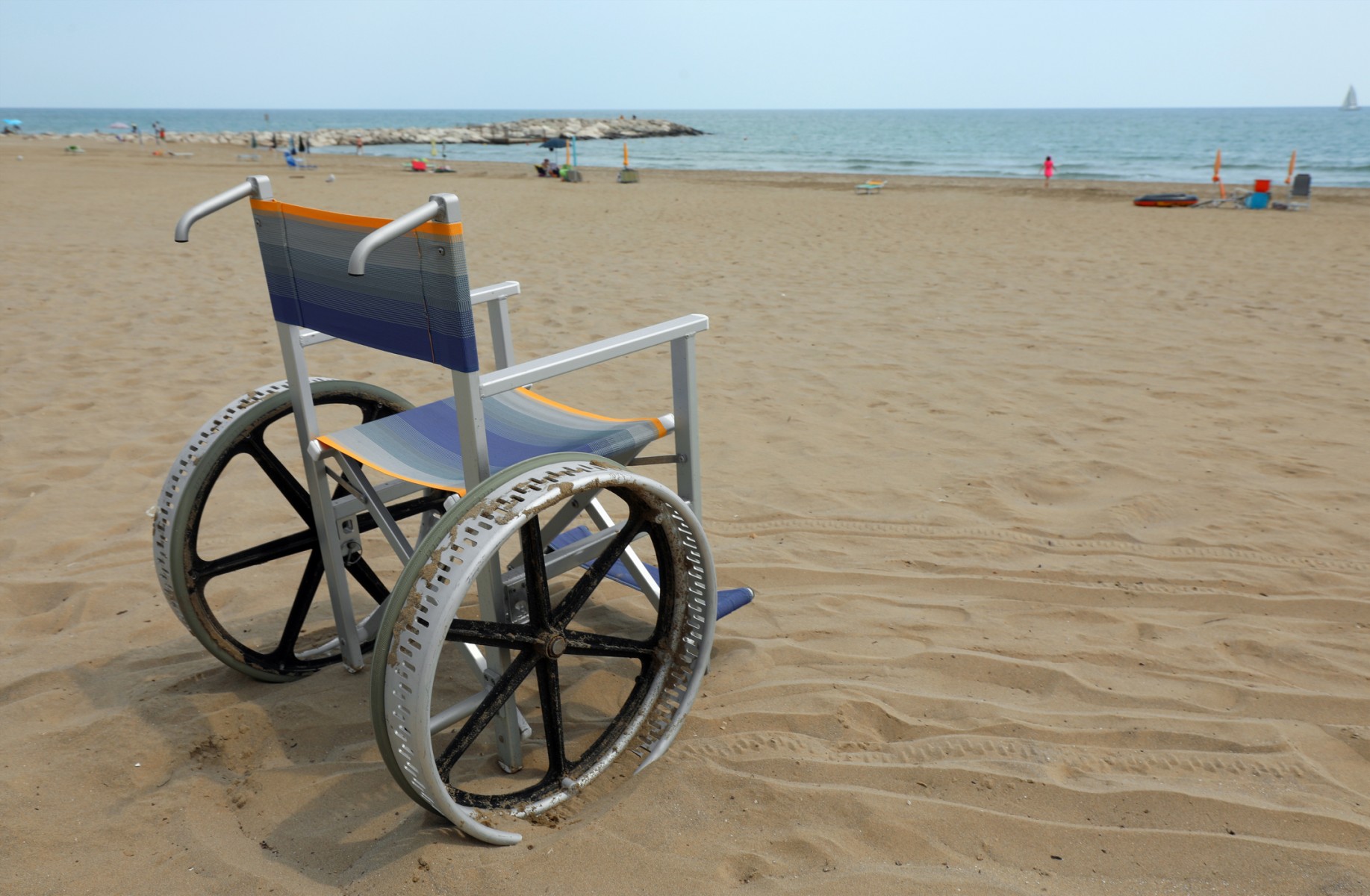
ALS: Study Shows Role of Brain’s Immune Cells
Hyperactive immune cells in the brain may play a role in the early development of the neurodegenerative disease Amyotrophic lateral sclerosis (ALS), and a form of dementia that strikes younger people, according to a study conducted by investigators from Cedars-Sinai and published in the journal Neuron.
Cedars-Sinai Awarded $11.99 Million for ALS Clinical Trial
Cedars-Sinai has been awarded $11.99 million by California’s stem cell agency to launch a clinical trial testing a potential gene and stem cell therapy for amyotrophic lateral sclerosis (ALS).
Researchers Identify New Gene that May Increase Risk of ALS
Researchers have identified a new gene that may increase a person’s risk of developing ALS, according to a new study published in the June 16, 2021, online issue of Neurology®, the medical journal of the American Academy of Neurology. The gene, called TP73, produces a protein to help regulate the life cycle of a cell. Researchers found that some people with ALS have mutations in this gene and that the mutations may interfere with nerve cell health.
A Distinctive Inflammatory Signature Found in a Genetic Form of ALS
Researchers find an increase in inflammatory molecules in serum and cerebrospinal fluid of C90RF72 patients, informing future anti-inflammatory therapies.
ALS Research Partnership Showing Promising Results
Research on a potential therapy for amyotrophic lateral sclerosis (ALS) that’s taking place in a University at Albany chemistry lab is showing promising results.
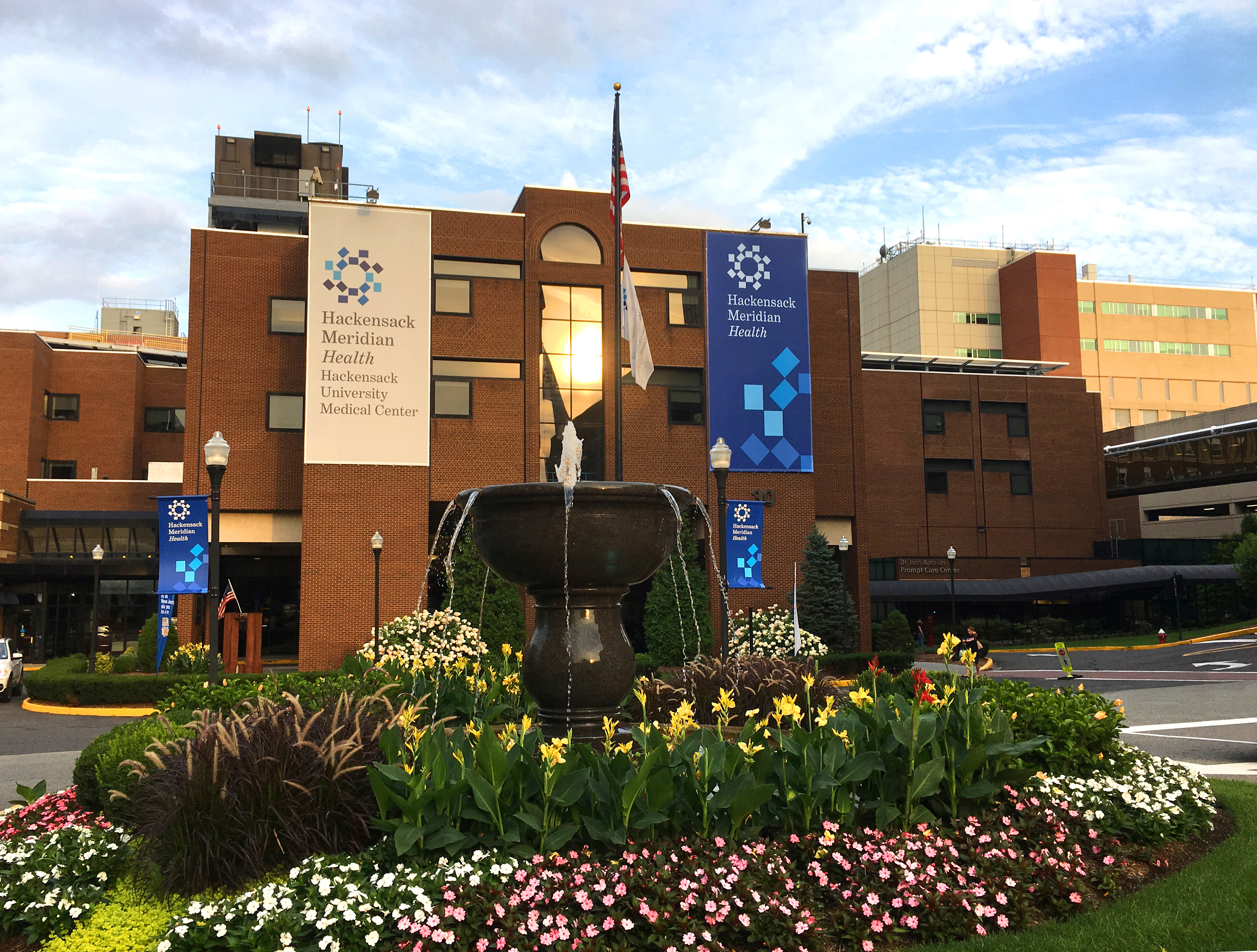
Hackensack Meridian Hackensack University Medical Center Establishes Comprehensive ALS Center
Hackensack Meridian Hackensack University Medical Center has established an interprofessional Amyotrophic Lateral Sclerosis (ALS) Center which brings together all of the specialists a patient and family may need in one clinic, during one visit. The new ALS Center is the second such program in the Hackensack Meridian Health network, the other being at Hackensack Meridian Jersey Shore University Medical Center.

Manual workers face twice the risk of developing ALS
ALS is a progressive neurological disease that attacks the nerves that interact with the body’s muscles. The disease typically leads to complete paralysis of the body, robbing patients of their ability to walk, speak, eat and breathe.
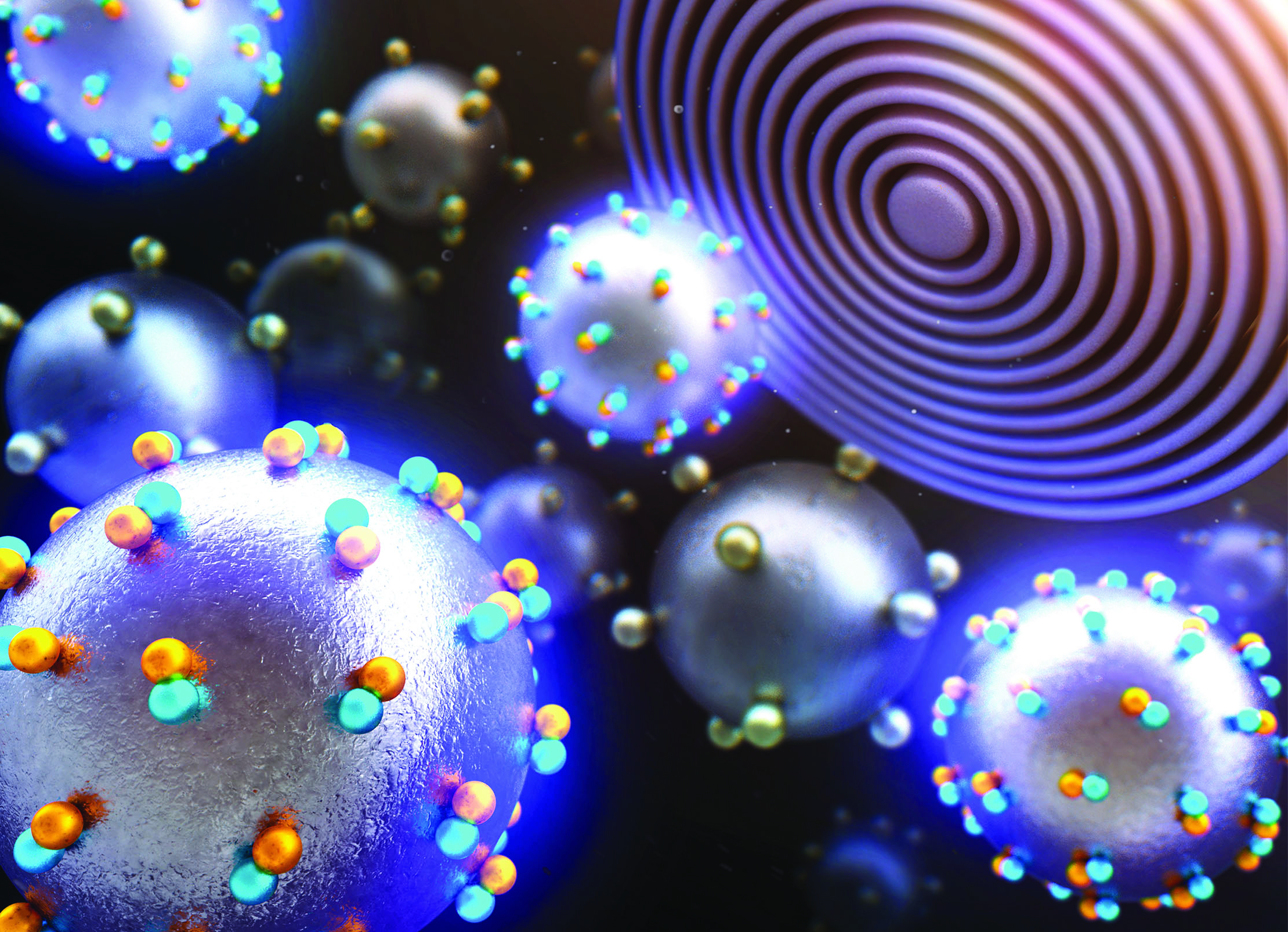
A COSMIC Approach to Nanoscale Science
COSMIC, a multipurpose X-ray instrument at Berkeley Lab’s Advanced Light Source, has made headway in the scientific community since its launch less than 2 years ago, with groundbreaking contributions in fields ranging from batteries to biominerals.
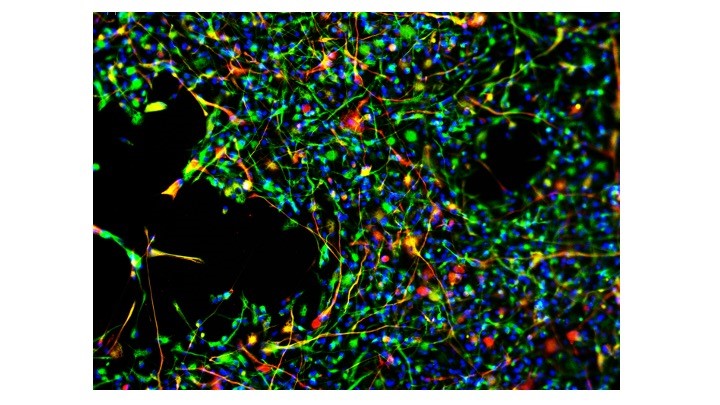
World’s first: Drug guides stem cells to desired location, improving their ability to heal
Scientists at Sanford Burnham Prebys Medical Discovery Institute have created a drug that can lure stem cells to damaged tissue and improve treatment efficacy—a scientific first and major advance for the field of regenerative medicine. The discovery, published in the Proceedings of the National Academy of Sciences (PNAS), could improve current stem cell therapies designed to treat such neurological disorders as spinal cord injury, stroke, amyotrophic lateral sclerosis (ALS) and other neurodegenerative disorders; and expand their use to new conditions, such as heart disease or arthritis.
Cellular pathway of genetic heart disease similar to neurodegenerative disease
Research on a genetic heart disease has uncovered a new and unexpected mechanism for heart failure. This landmark discovery found a correlation between the clumping of RNA-binding proteins ― long linked to neurodegenerative disease ― and the aggregates of protein found in the heart tissue of patients with RBM20 dilated cardiomyopathy.
ALS Patients Find Hope in New Study Authored by AANEM Members
There is some hope on the horizon for patients diagnosed with amyotrophic lateral sclerosis (ALS), also known as Lou Gehrig’s disease. More than a dozen members of the American Association of Neuromuscular & Electrodiagnostic Medicine (AANEM) were authors on a study announcing the results showing promise in the fight against ALS that appeared in AANEM’s journal Muscle & Nerve.
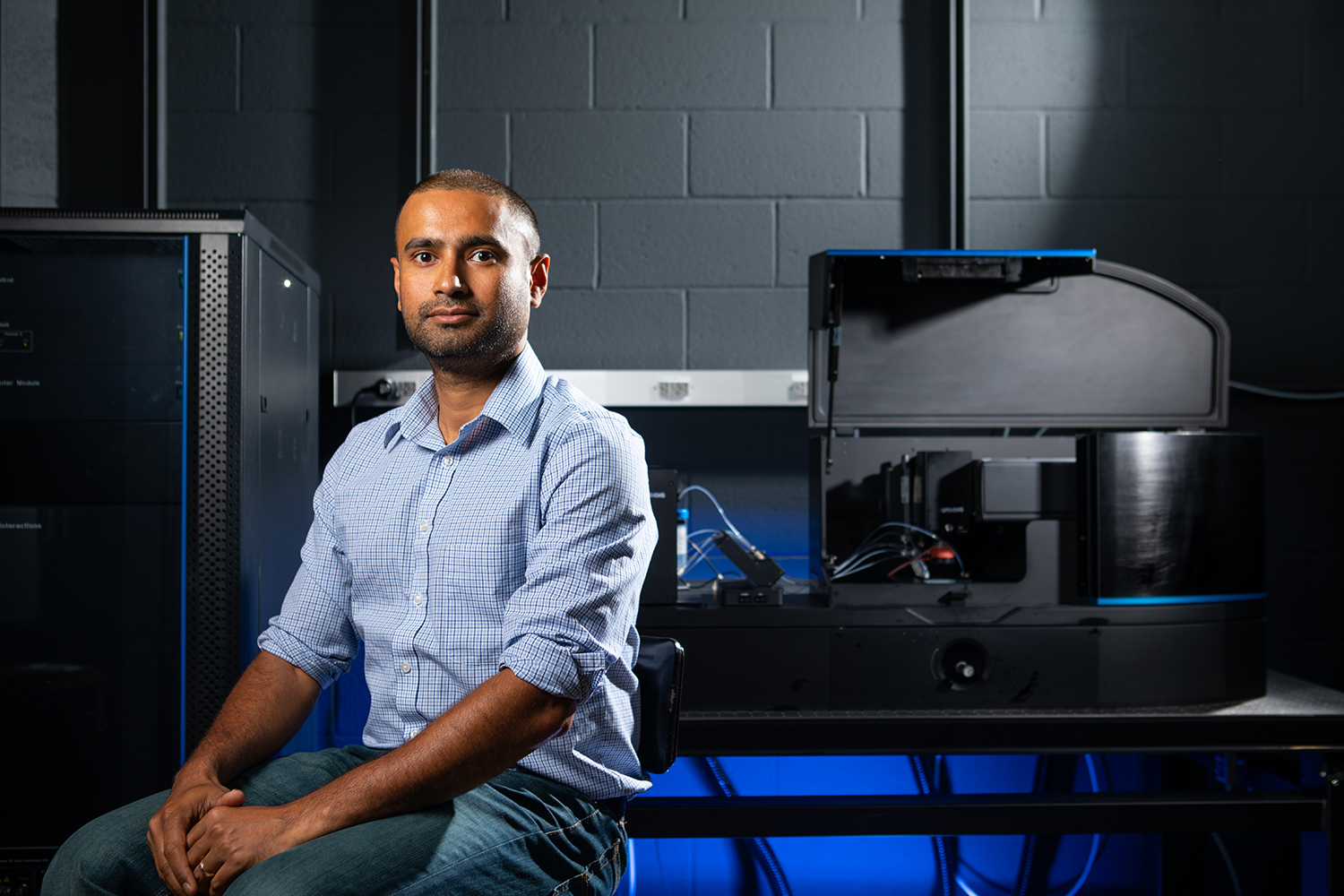
UB biophysicist to explore molecular mysteries of protein-RNA droplets
Inside human cells, proteins and RNA can cluster together to form spherical droplets that play vital roles in cellular processes as well as in certain human diseases. A $2 million grant will allow biophysicist Priya Banerjee’s team at UB to explore the molecular details of protein-RNA condensates.
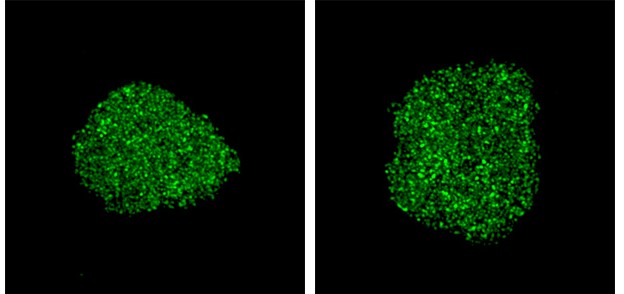
Brain Cell Death in ALS, Dementia Tied to Loss of Key Biochemical Transport Structure in Nucleus
Researchers have long sought to explain precisely how the most common genetic mutation linked to both amyotrophic lateral sclerosis (ALS) and frontotemporal dementia causes the death of nerve cells.